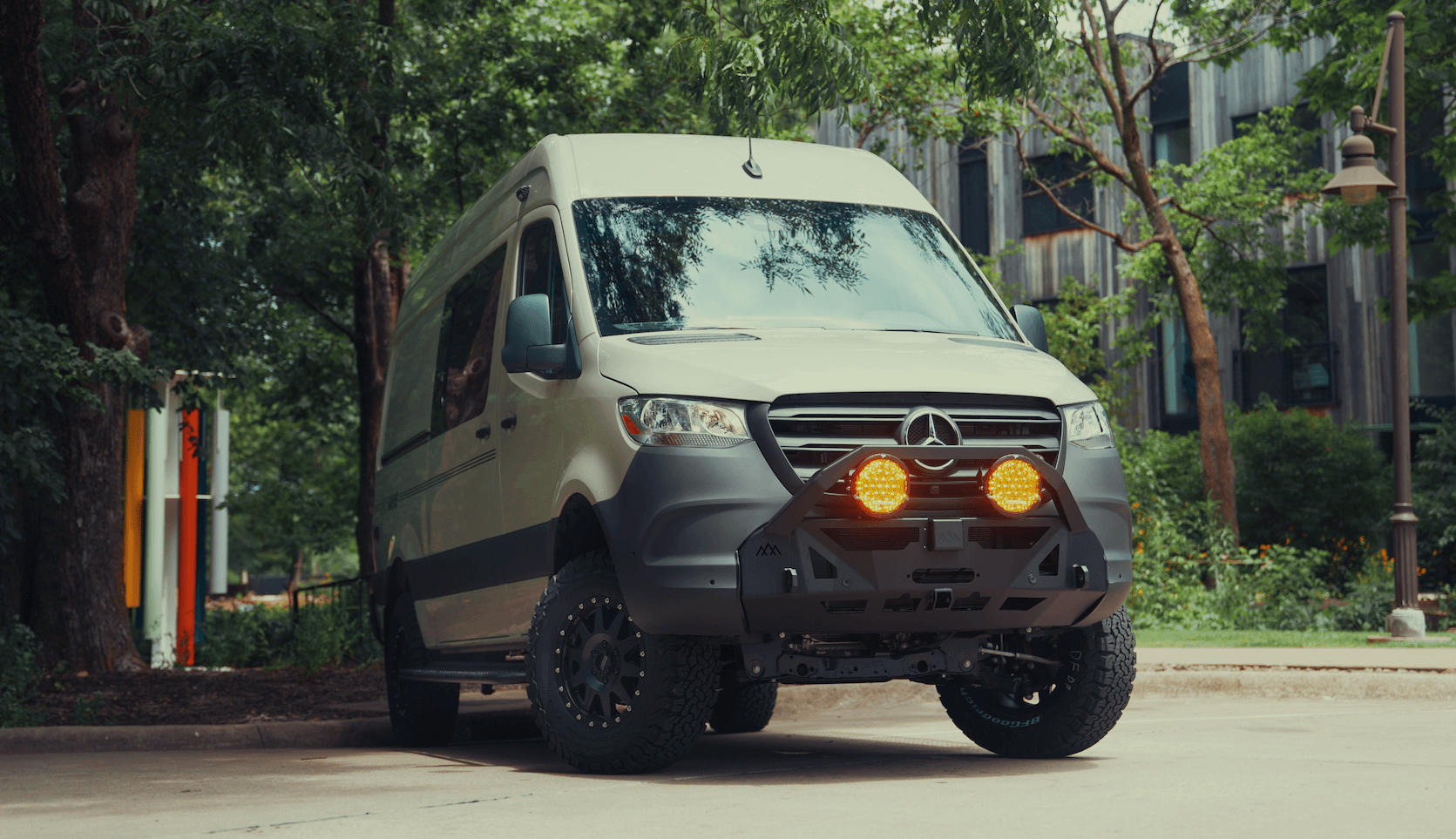Recreational Vans

Diesel contains wax that improves energy density and lubricity, but that same wax forms crystals as temperatures drop. Three reference points matter:
Real world gelling tends to show up near the cold filter plugging point. Biodiesel blends can raise cloud point and increase cold flow sensitivity, which is why a B20 tank may act differently from a B5 tank in the same weather. Wind chill does not change fuel temperature in a parked vehicle, but airflow while driving can chill exposed lines and filters. That is why filter location and insulation matter.
Seasonal diesel is often adjusted at the pump with kerosene blending or refinery cold flow treatments, but those changes vary by region and timing. A traveler crossing state lines can unknowingly buy shoulder season fuel before the first deep freeze. Build your routine around the coldest nights on your route, not the average daytime high.
Water is a hidden culprit. Ice crystals and wax together are trouble. Drain the water separator frequently in cold season, and swap to a high quality winter capable filter before the first hard freeze. A clogged filter from one gel event can continue to be restrictive even after the fuel warms.
Stale diesel with absorbed moisture and microbial growth complicates cold flow. Keep tanks topped, treat each fill, and favor busy stations with high turnover. If you store the vehicle, cycle the fuel with a fresh treated fill before a trip into cold weather.
Consistency beats guesswork. Align your schedule with local forecasts and your travel calendar. The routine below avoids brand endorsements and focuses on the sequence that works across platforms.
Preseason check, four weeks before expected freezes:
Every fill in cold season:
Night before subzero forecasts:
If gelling occurs:
Cold flow improvers modify wax crystal shape so they pass through the filter instead of clumping. They work best before the wax forms. Add at temperatures above the fuel’s cloud point. Many formulas include a cetane improver for cleaner light off and a water controller for dispersed moisture, but these are supporting roles. Always follow the label treat rate to maintain lubricity, since ultra low sulfur diesel already runs on a tight margin.
Heated filters and insulated lines cut the risk during long highway runs in frigid air. Keep spare filters in the vehicle and pre fill them with clean treated fuel during a roadside swap. Aim for filters with excellent low temperature flow characteristics verified by the manufacturer.
Use this quick list to stay ahead of the freeze curve:
If you leave a warm area and climb into mountain cold on the same tank, you may be carrying fuel blended for mild weather. Mitigate by topping off with treated winter fuel before you climb and adding the correct dose at the pump.
Short trips create little return fuel warmth. Plan routes that get the engine to full temperature, and avoid extended idling as a substitute for proper warmup.
If you cannot avoid higher biodiesel blends, be more conservative with your routine and expect earlier filter maintenance in deep cold.
When your adventure van relies on a diesel platform, winter preparation becomes mission critical. Our team in Fayetteville builds and upfits vehicles with smart filtration layouts, serviceable water separators, clean wiring for heaters, and access to spares where you can actually reach them with gloves on. We design around real travel patterns, from mountain towns to prairie wind, so the routine above becomes easy to follow and repeat.
Ready to plan a cold ready build or refresh your current rig’s fuel system for winter reliability
Final step If you need a winterization strategy that matches your routes and fuel sources, we can help. Tell us how and where you drive, and we will blueprint a practical cold weather routine into your build.
Book a consult and let OZK configure your diesel van for dependable winter starts, smart filtration, and easy maintenance. Your next cold morning should be uneventful, turn key, and on schedule.
Cold snaps do not wait. If you run a diesel van or overland rig, let OZK set up a winter ready fuel system, filtration, and service plan so your rig fires on the first turn. Book a build consult and get a tailored winterization strategy today.
ADDRESS:
6159 E Huntsville Rd, Fayetteville, AR 72701
PHONE:
(479) 326-9200
EMAIL:
info@ozkvans.com